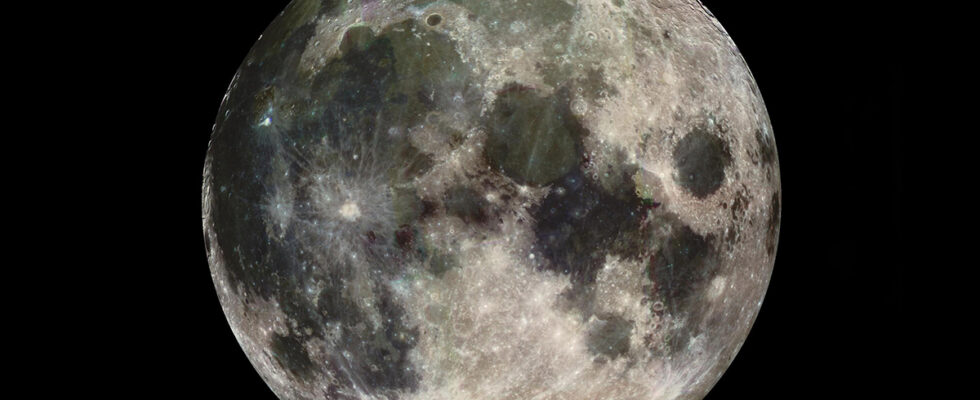China’s Chang’e-6 mission is on the verge of achieving a historic first: bringing back samples from the far side of the Moon. By landing in a strategic location, the probe could offer answers about the disparities between the two lunar hemispheres.

There dark side of the Moon has always captivated our imagination. Inaccessible to view from Earth, it was only photographed for the first time in 1959 by the Soviet Luna 3 probe. Unlike the visible side, which presents vast plains and craters, the invisible side is marked by A more rugged landscape and an absence almost total of flat surfaces. This big difference between its two sides pushes us to explore the mysteries of its formation and development.
Launched May 3the Chinese probe Chang’e-6 has the mission to bring back to Earth approximately 2 kilograms of rocks and dust from the Moon. She must land in a complex area called the Apollo basin, located precisely on its hidden side. This area could be the largest crater due to an asteroid in the solar system. It is known as the South Pole-Aitken Basin. The rocks collected could teach us a lot about the composition of this star and the natural forces that shaped this mysterious face.
The Chang’e-6 probe will unravel the mysteries of the hidden side of the Moon
Scientists hope that analysis of lunar samples will provide answers about the difference in composition between the visible and hidden sides of the Moon. Early theories suggest that the crust on the invisible side is significantly thicker. This characteristic would potentially be due to very violent cosmic impacts or to distinct internal processes during the formation of this star. By examining these samples, researchers could better understand why lunar materials were distributed in so uneven way.
This mission could also help us understand some curiosities linked to the region’s volcanoes. Normally, the Moon’s thick crust would prevent volcanic eruptions, but traces of volcanic rocks, called basalts, were still found in the Apollo Basin. By studying these rocks, we will be able to know if elements like radioactive minerals were able to heat and melt the rock. This may be what would havet caused breakouts on the hidden side. This research could not only tell us more about its history, but also about the geological activities taking place on other planets in our solar system.
Source: sciencedirect
